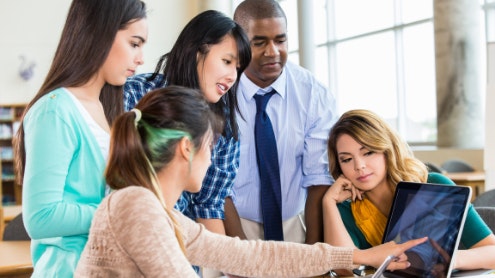Homepage
•
Learning Library
•
Blog
•
Deconstructing Current Events in Any Content Area
Expand breadcrumbs
Expand breadcrumbs
- Learning Library
- Blog
- Deconstructing Current Events in Any Content Area
- Homepage
- •
- Learning Library
- •
- Blog
- •
- Deconstructing Current Events in Any Content Area
Deconstructing Current Events in Any Content Area
By Joyce Lourenco Pereira
April 4, 2022








